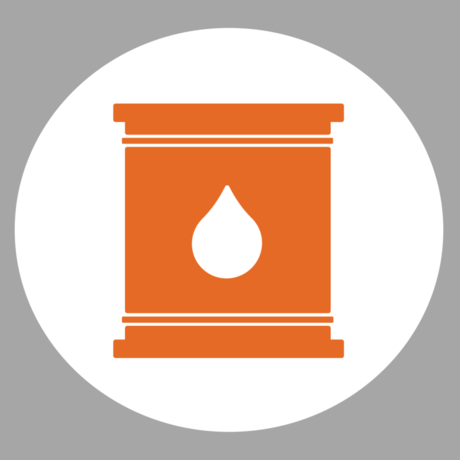Grade level: 6-10
Length: 4 minutes
NGSS Disciplinary Core Ideas: MS-ESS2.A, MS-ESS3.A, MS-ESS3.C, MS-ESS3.D, MS-PS1.B
In this video, we'll focus on fossil fuels—what they are, and why they are a problem for the environment. Below are discussion questions you can use in the classroom in conjunction with this video to get your students thinking critically about the issues with fossil fuels and what we can do to solve them.

